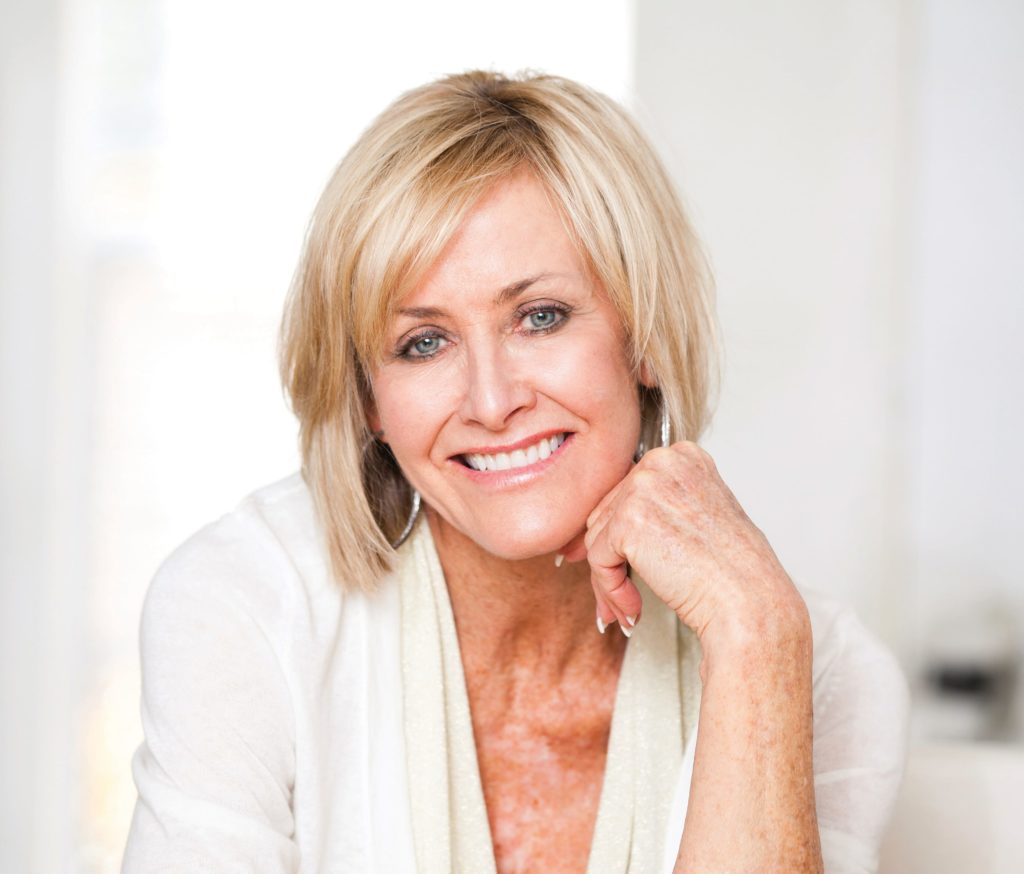Hair Care Through the Years
Having a “bad hair day” can go far beyond unruly tresses and affect attitude and self-esteem. Appearance matters to us, and hair plays a major role in how women feel about their looks. As years go by, a woman’s hair can go from being her best feature to becoming one of the challenges of aging.
The changes a woman may see in her hair, particularly during and after menopause, are the result of less melanin, keratin, and sebum in hair.
Color Change:
Hair changes to gray when pigment cells that produce melanin, the chemical that gives skin and hair color, begins to disappear. Researchers estimate that after age 30, your chance of going gray rises 10 to 20 percent each decade.
Structure Change:

One theory about why hair becomes coarser is exposure to oxidative stress. The idea is that free radicals damage not only pigment cells, but keratinocytes, or cells that create keratin—a fibrous protein that gives hair its strength. Keratin production also diminishes with age, making hair appear limp and lifeless.
Moisture Change:
Hair tends to become dryer with age because the scalp produces less sebum, the natural oil in skin.
Hair Loss:
Beyond aging and hormonal changes, genetics also play a role in determining the amount of hair you have.
While the changes in a woman’s hair are inevitable, putting up with unattractive hair is not. By following a healthy hair regimen and using age-appropriate products and style, a woman can enjoy beautiful hair, regardless of her age.
Keys to Healthy Hair
Shampooing can be drying to hair, so try focusing on the scalp and avoiding the ends of hair to decrease damage.
Deep conditioning becomes more important after age 50. Use conditioners containing keratin to strengthen hair and prevent breakage. Shampoos and conditioners which contain shea butter, panthenol, hydrolyzed yeast extract or sweet almond oil work well with the hair’s natural moisture balance. A bit of pure natural jojoba oil added to your regular shampoo or conditioner can be beneficial, as are products with antioxidants and protein.
Favorite brands or certain types of styling product may not be as effective over time. Change to ingredients and products that better suit your hair’s current needs.
Collagen supplements and Vitamin C can reduce hair’s dryness and brittleness.
Hair masks, which offer concentrated moisture, can be applied as often as every other week and made inexpensively from ingredients already in one’s home.
Diet offers another way to improve the health and appearance of aging hair. Include salmon, avocado, walnuts, spinach, blueberries, Greek yogurt, poultry and other foods which contain biotin, known for its role in the health and beauty of hair.
Tips to Prevent Hair Damage
Choose hair cuts that enhance thinning hair. Among those recommended are a bob, either classic or choppy; a mid-length cut with angled layers around the face; or a short, layered crop with bangs.
Treat hair gently. Avoid over-handling and anything that pulls your hair, such as ponytails, braids, buns, up-dos, and rollers.
Turn down the temperature of hair dryers and reduce frequent use of dryers and curling irons to make styling less damaging.
UV rays also dry your hair, cause color to fade, and destroy shine. Wear a hat when you’re in the sun or use leave-in sun protection.
Chlorine is damaging to hair. Rinse your hair in fresh water before going into the pool because wet hair soaks up less chlorine. Consider wearing a swim cap.

